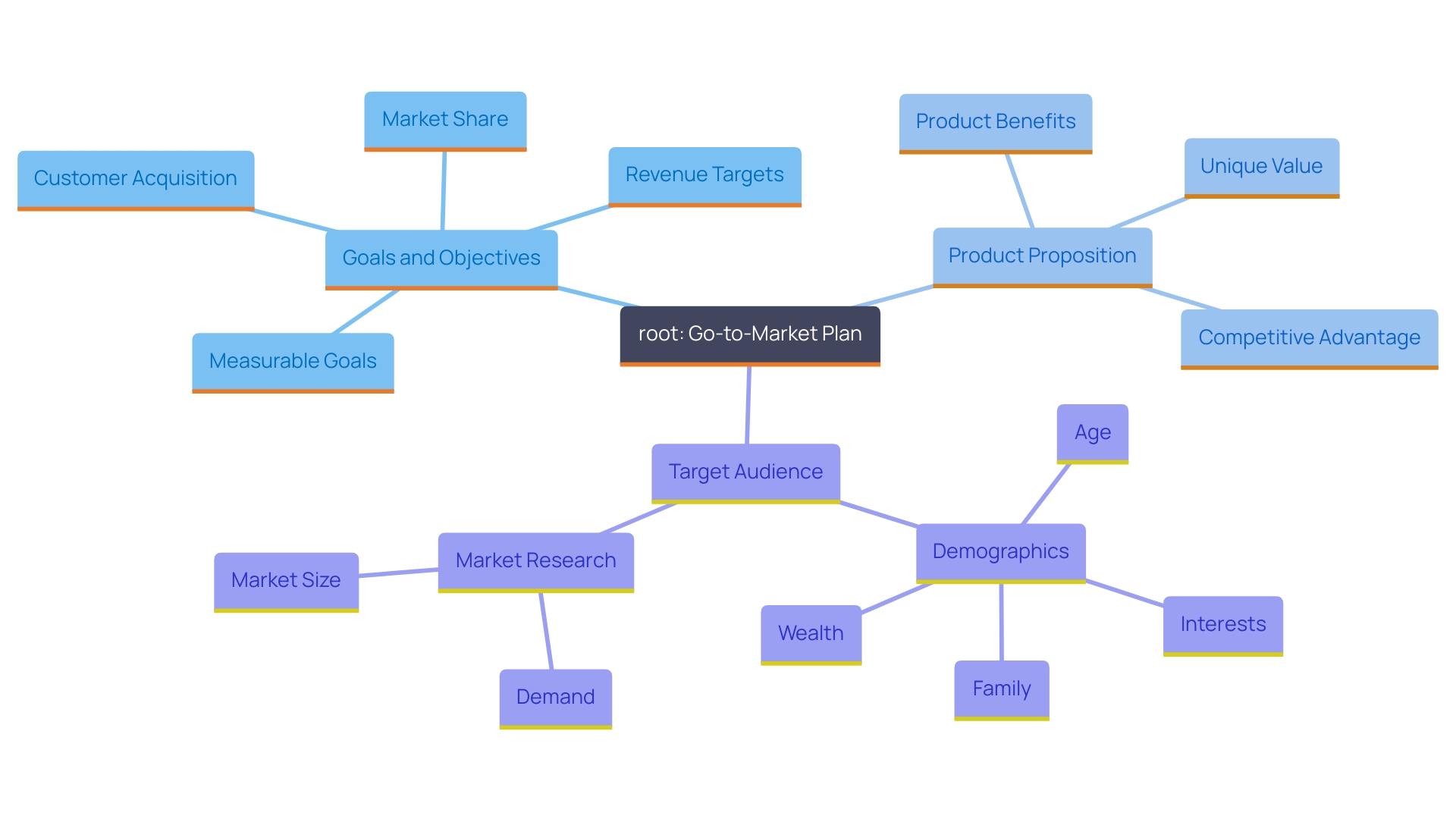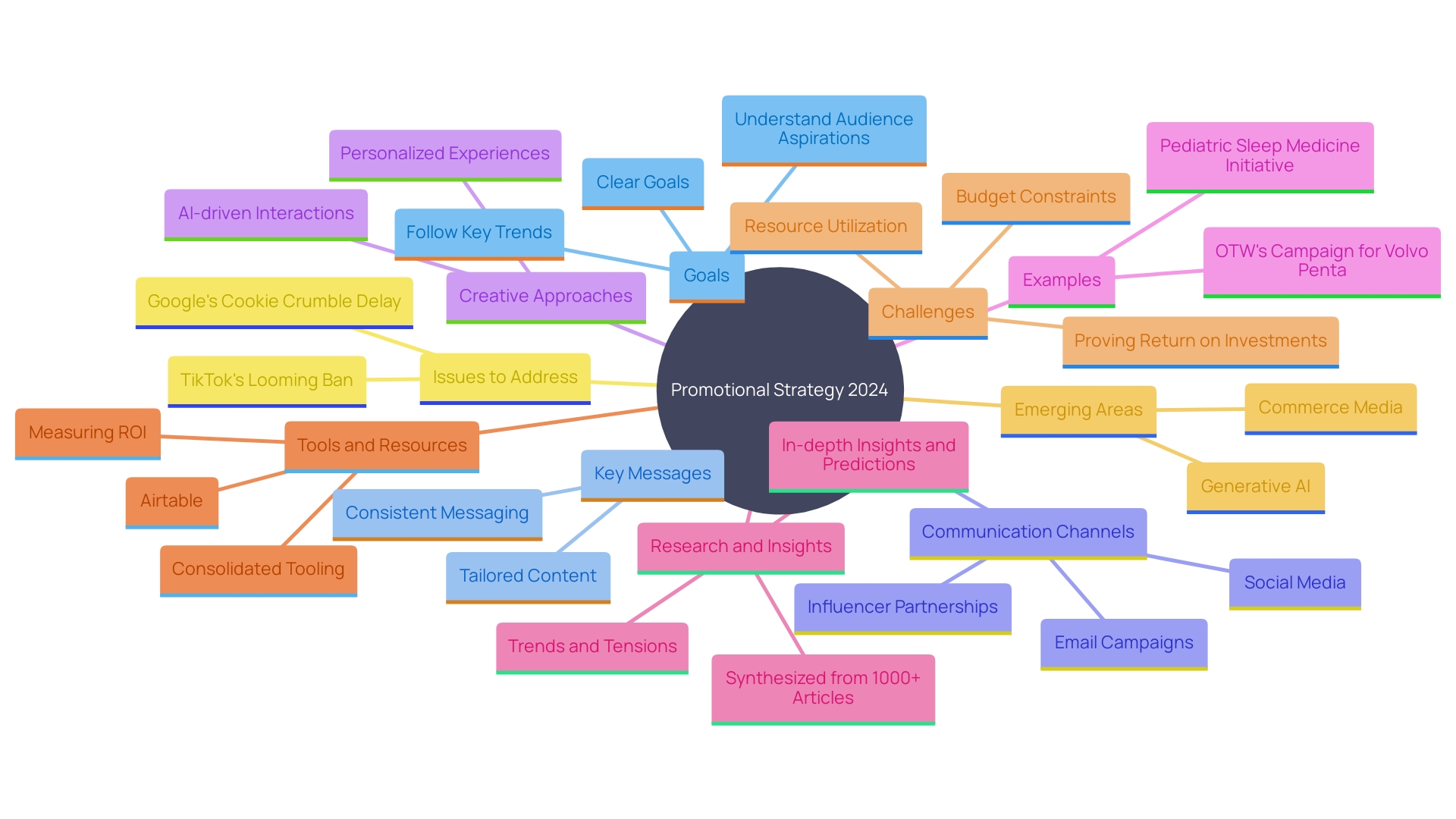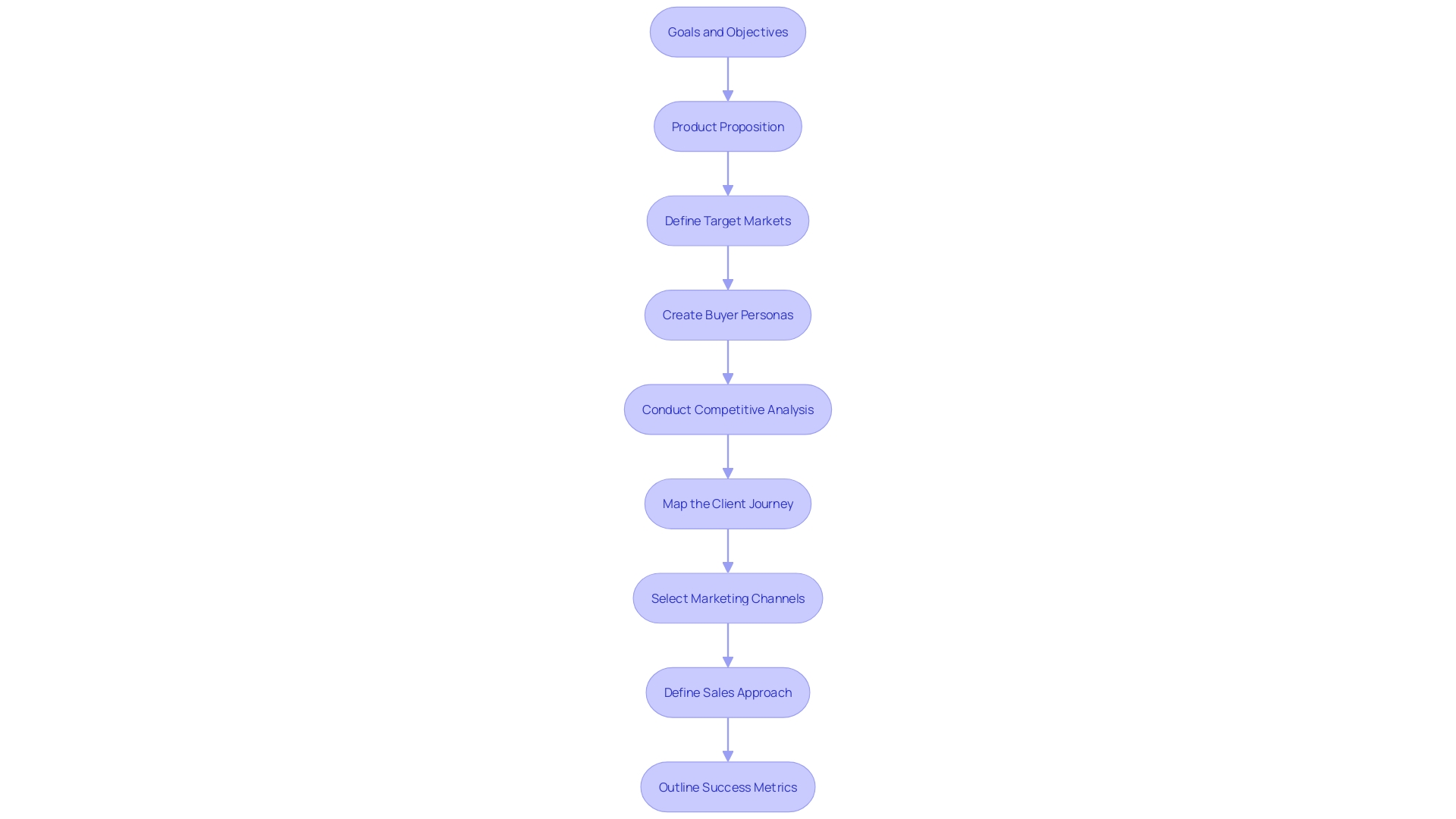Understanding the GTM Framework: A Comprehensive Guide for Marketers

Introduction
In an increasingly competitive and dynamic business environment, Chief Marketing Officers (CMOs) face constant pressure to identify growth opportunities, position their brands effectively, and ensure that marketing initiatives translate into measurable business outcomes.
A well-structured Go-To-Market (GTM) strategy is the foundation for achieving these goals—combining clarity of vision, precision targeting, and operational excellence.
A robust GTM framework aligns three essential pillars:
-
Business objectives – defining what success looks like.
-
Target audience – understanding who you serve and why they care.
-
Value proposition – articulating how your solution uniquely solves their problems.
When these elements work in harmony, marketers create not only a roadmap for market entry and growth but also a sustainable customer connection that drives loyalty and long-term value.
In this guide, we’ll explore the critical components of a GTM strategy, how to build deep audience understanding, and how to craft a modern marketing plan that integrates technology, creativity, and data to maximize ROI.
Components of a Comprehensive GTM Strategy
Building an effective Go-To-Market strategy requires strategic alignment between business goals, audience insights, and value delivery. Let’s break down the three foundational components:
1. Define Clear Business Objectives
Every GTM plan begins with clarity of purpose.
Set SMART goals (specific, measurable, achievable, relevant, and time-bound)—whether increasing market share, acquiring new customers, or reaching specific revenue milestones. These objectives become the benchmarks against which performance and success are measured.
2. Understand the Target Audience
In today’s data-driven marketing landscape, knowing your audience is not optional—it’s essential. Go beyond surface-level demographics to explore psychographics, behavioral triggers, and emotional drivers.
Ask questions such as:
-
What problems does our product solve best?
-
How do economic indicators or lifestyle shifts impact purchase intent?
-
What are the motivations behind switching behaviors?
By answering these, CMOs can identify opportunities and minimize risks before product rollout.
3. Craft a Compelling Value Proposition
Your value proposition should be both differentiating and defensible—it’s the promise that connects your brand to your customers’ pain points.
Clearly communicate:
-
The unique benefits of your product or service
-
How it outperforms competitors
-
Why it matters to your customers now
When these components are perfectly aligned, your GTM plan transforms into a strategic growth engine, positioning your organization for relevance and resilience in any market condition.

Target Market Profiles
The strength of your GTM strategy depends on how precisely you understand your audience.
Market profiling begins with robust research and segmentation to ensure that marketing messages reach the right people with the right message at the right time.
Key Steps in Audience Profiling
-
Demographic and Psychographic Analysis – Understand the “who” (age, income, location) and the “why” (values, lifestyle, aspirations).
-
Behavioral Segmentation – Identify purchase frequency, decision triggers, and brand loyalty factors.
-
Needs-Based Segmentation – Pinpoint core problems and use cases that your product addresses.
For example, research into female consumer segments highlights how sub-segmentation (career-driven professionals vs. homemakers vs. entrepreneurs) helps brands tailor offers and content more effectively.
A HubSpot survey found that 82% of marketers consider high-quality customer data the single most important factor for success. Rich, accurate data empowers personalization, while AI-driven tools like Lemma Infibid further enhance audience targeting, ad pricing, and optimization.
In a fast-changing landscape, precision in audience definition is not just a marketing tactic—it’s a competitive advantage.
Marketing Plan
A GTM strategy succeeds only when it is translated into a clear, actionable marketing plan. This plan should define what to say, where to say it, and how to measure its impact.
Core Elements of an Effective Marketing Plan
-
Goals & Messaging: Align messaging with audience needs and company objectives.
-
Channel Strategy: Choose the right mix—social media, content marketing, paid search, influencer partnerships, and PR—to maximize reach.
-
Creative Engagement: Adopt emerging tactics such as AI-driven personalization and conversational marketing to deepen customer interaction.
Case studies highlight this well:
-
Volvo Penta’s OTW campaign connected with aspirational lifestyles, turning brand storytelling into measurable engagement.
-
A pediatric sleep awareness campaign used trending searches to drive awareness and trust through relevant content.
However, data shows that nearly half of all businesses still lack a formal digital marketing plan despite engaging in online promotions. Frameworks like the RACE Growth System (Reach, Act, Convert, Engage) offer proven blueprints for building structured, performance-driven plans that convert audiences into loyal customers.
To thrive in 2025 and beyond, marketers must blend traditional marketing principles with data-led innovation, creating adaptive strategies that scale across platforms.

Steps to Crafting a GTM Strategy
Creating a successful GTM strategy is a methodical process. Follow these eight essential steps to ensure your strategy is both actionable and aligned with your organizational goals:
-
Understand Business Objectives: Define success metrics—whether capturing market share, increasing revenue, or launching a new category.
-
Define Target Market & Segments: Conduct thorough demographic, psychographic, and behavioral research to identify your ideal customer groups.
-
Develop Buyer Personas: Build detailed profiles of target customers—their needs, motivations, and purchase triggers.
-
Conduct Competitive Analysis: Analyze competitors’ positioning, pricing, and customer engagement strategies to identify differentiation opportunities.
-
Map the Customer Journey: Understand the path from awareness to purchase to retention, identifying pain points and optimization opportunities.
-
Select Marketing Channels: Choose platforms that align with your audience’s media habits and content preferences.
-
Define Sales Process & Alignment: Integrate sales and marketing efforts with shared KPIs, ensuring leads flow seamlessly through the funnel.
-
Set Success Metrics & KPIs: Measure performance using metrics such as CAC (Customer Acquisition Cost), CLV (Customer Lifetime Value), ROI, and conversion rates.
This structured framework allows CMOs to create repeatable GTM models that evolve with market feedback and customer insight.

Conclusion
A Go-To-Market (GTM) strategy is more than a launch plan—it’s a blueprint for growth. It unites business objectives, customer insights, and market execution under one cohesive vision.
By defining clear goals, developing rich audience profiles, and crafting a distinctive value proposition, CMOs can create strategies that not only drive revenue but also build lasting brand equity.
Personalization, powered by AI and data analytics, further amplifies engagement and conversion potential. The steps outlined—spanning from business alignment to KPI tracking—serve as a holistic roadmap for organizations looking to scale efficiently and sustainably.
In a market that rewards agility and authenticity, a robust GTM strategy allows marketers to anticipate trends, outperform competitors, and forge stronger customer relationships.
Ready to refine your GTM strategy for growth?
Contact us today to explore our tailored consulting and investment services designed to help you achieve market leadership and maximize ROI.
